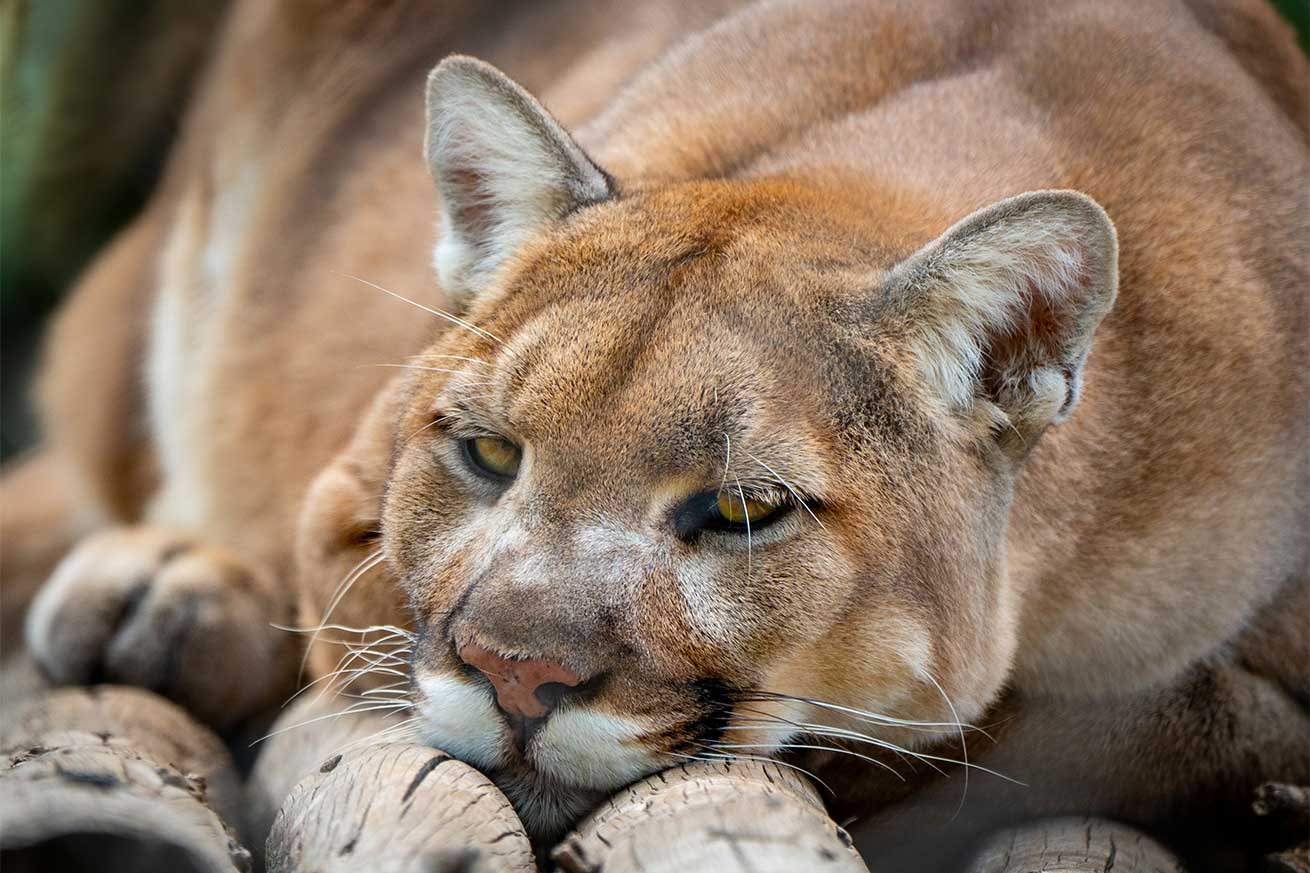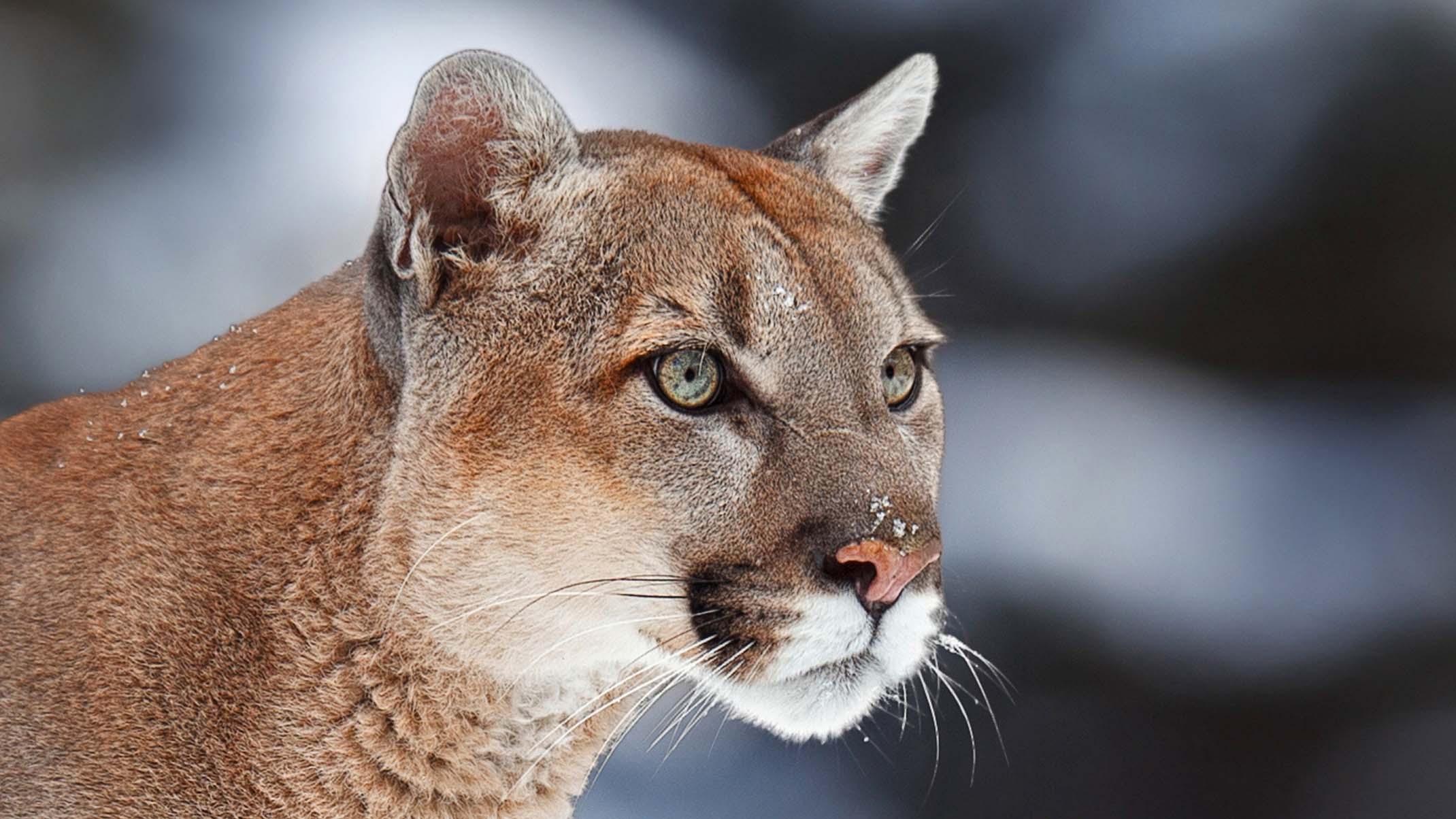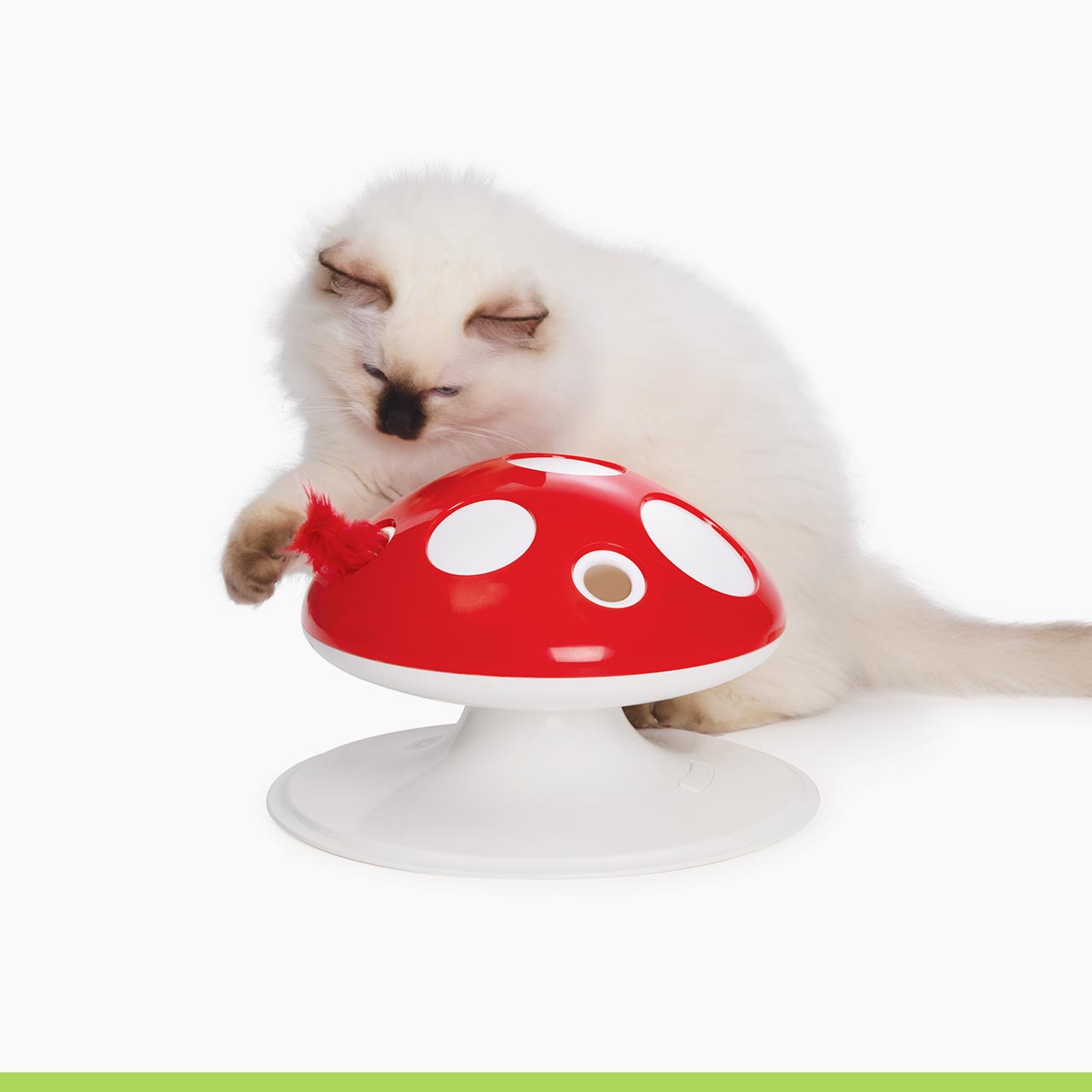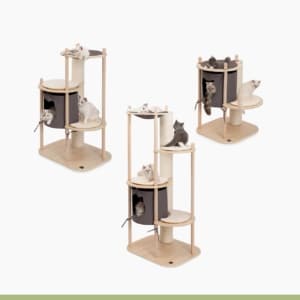In this article
1. Puma, panther, or cougar?
The puma holds the Guinness World Record for mammal with the most names, being known under more than 40 names in English alone! Ever heard of a cougar, mountain lion, catamount, or panther?
Well, all these names refer to the same animal, the puma! Besides these general terms, the puma has many recognized subspecies and even geographic races, all with their own name (e.g. Florida panther, Colorado cougar).
2. Pumas survived the last Ice Age
While the last Ice Age wiped out dozens of species, including some large cats, the puma survived. But, how? Well, pumas are easy when it comes to their food – contently hunting and feasting on almost any kind of animal.
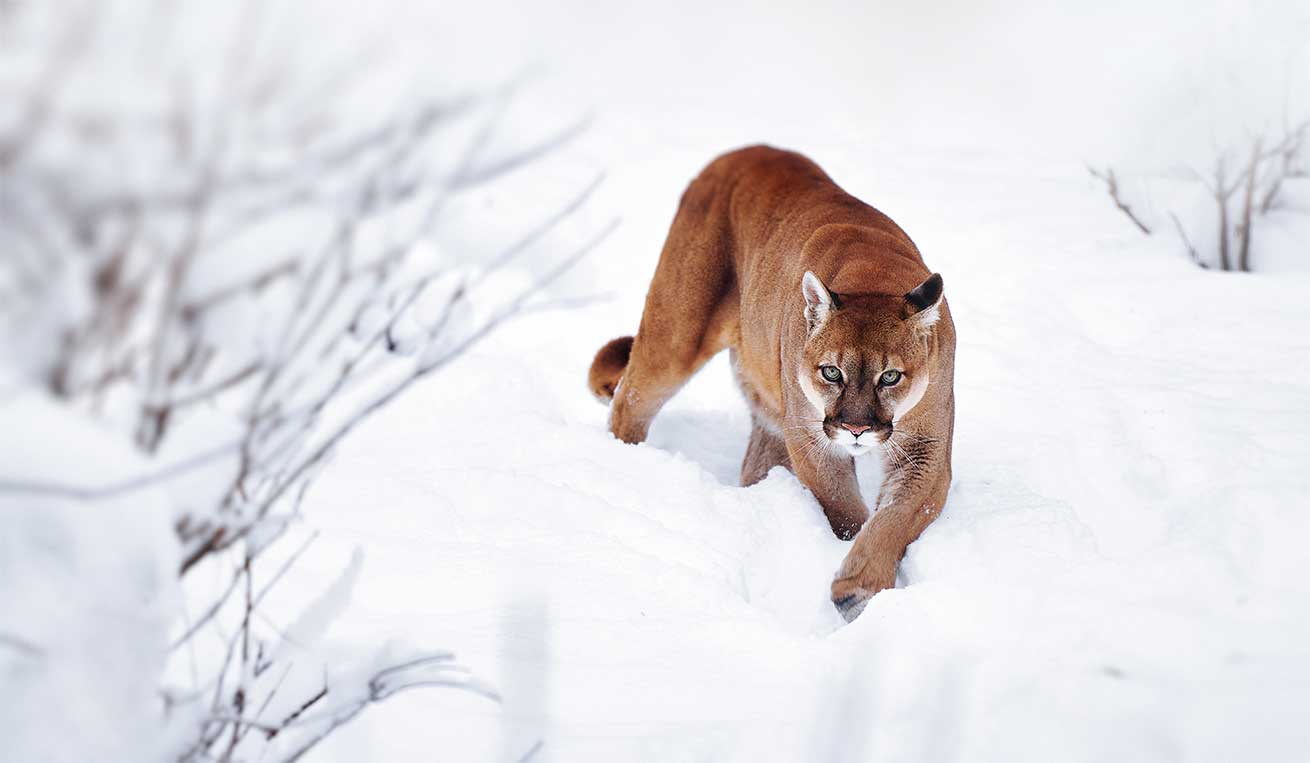
Meanwhile, other felines were pickier, killing and eating only prey with a soft, easy-to-puncture skin. So, when these prey animals went extinct due to the icy temperatures, so did the animals that relied on them for food.
3. Pumas rule the Americas
Pumas are the most widely distributed wild mammal in the Americas, living in a huge area ranging from southeastern Alaska in the north, to southern Argentina and Chile in the south.
What a puma’s habitat looks like, varies greatly according to where on the continent they live, and may include desert scrubs, swamps, or forests.
In general, the mighty cats avoid open spaces, preferring dense areas, as the vegetation makes it easier for them to hide.
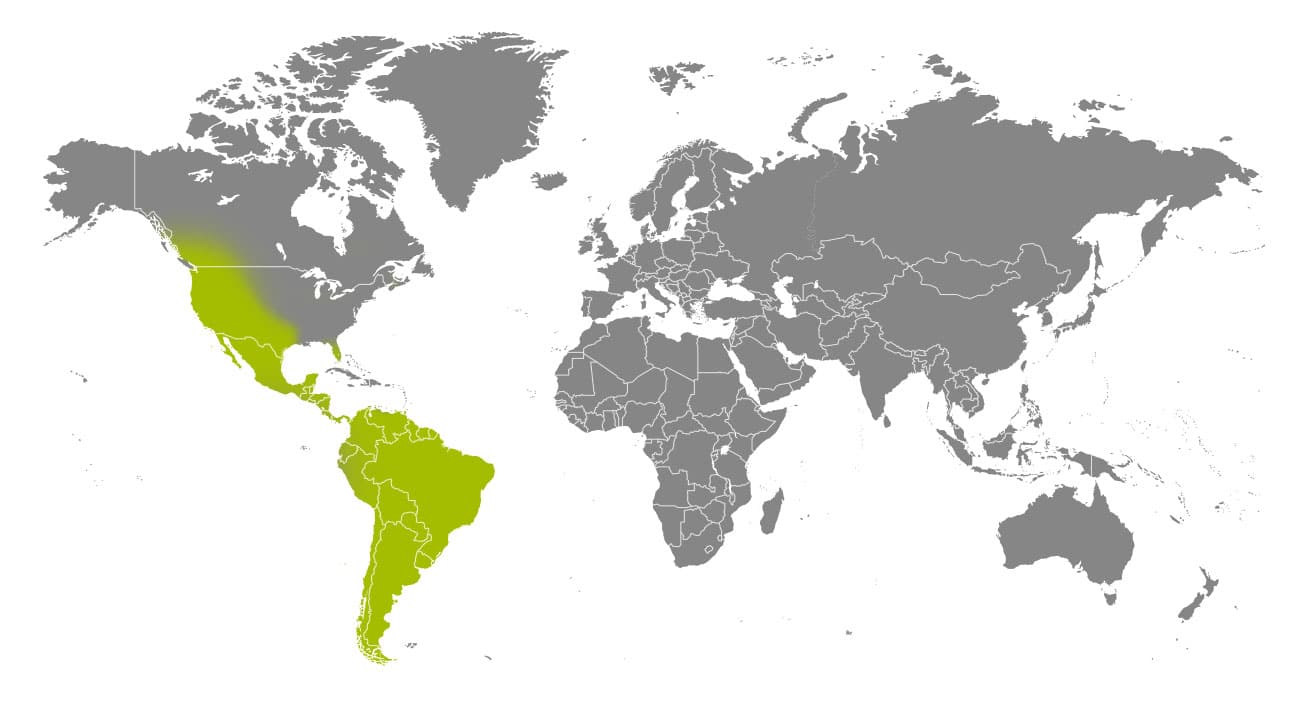
4. A puma just might cross your path
As humans keep claiming more nature, it isn’t extremely uncommon for people to bump into a puma. Unfortunately, it’s because of encounters between humans and pumas, whether intentional (e.g. hunts) or unintentional (e.g. car collisions) that the wild cats’ numbers are declining.
If you ever cross paths with a puma, know that attacks on humans are extremely rare. The mighty cats only tend to get aggressive when provoked or when cubs are around.
5. Pumas sneak up on their prey
While lots of predators chase after their prey, pumas are ambush predators. This means that they’ll hide away, waiting for unsuspecting prey to walk past, only to leap onto the animal from the back to kill them with a deadly neck bite.
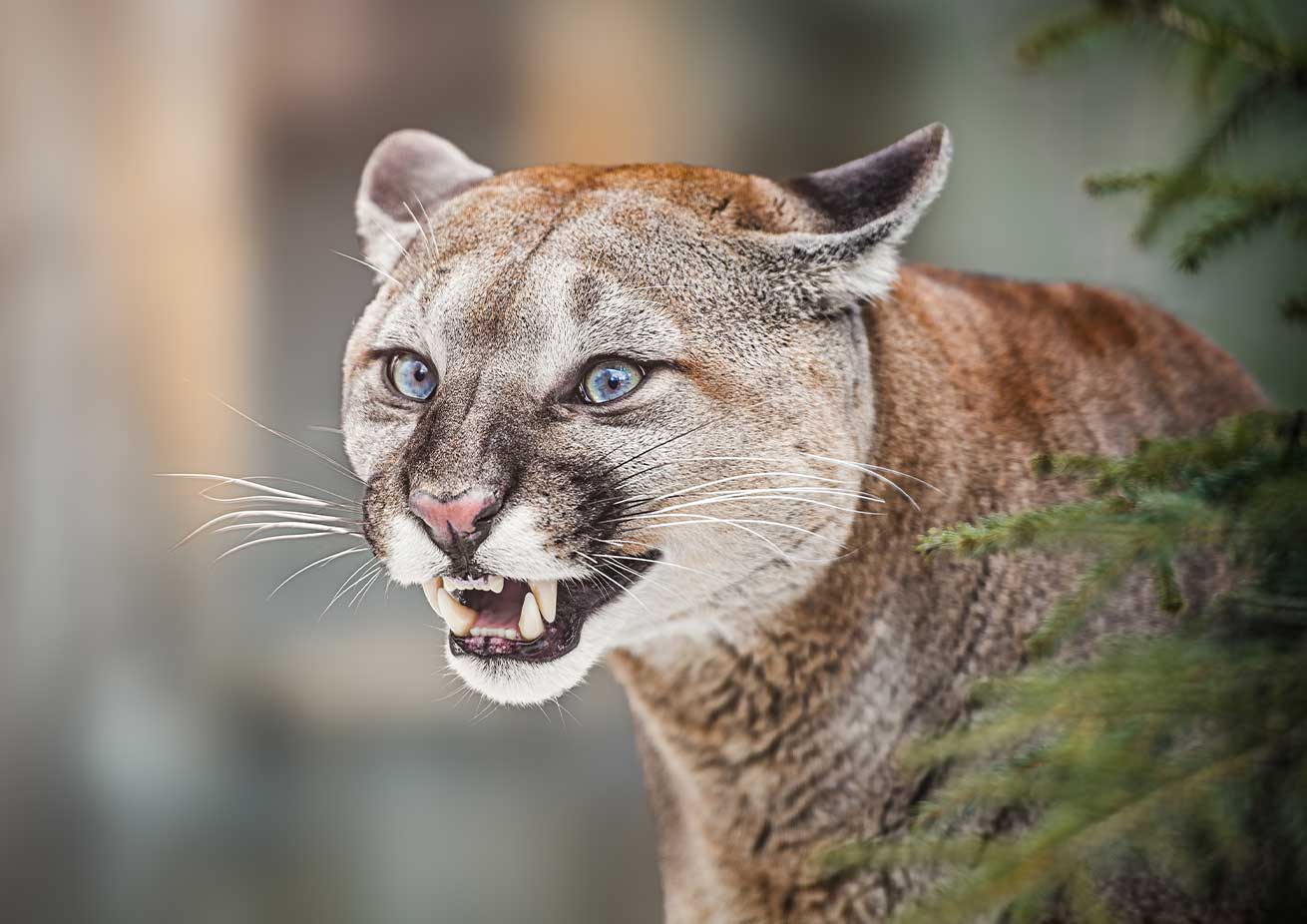
After securing a nice meal, the puma may drag the carcass to a safe place where they can eat in peace or hide part of the loot for later.
While pumas are mighty animals, their prey regularly gets taken from them by other large animals, such as black bears, grizzly bears, or even wolf packs.
6. Pumas come in all sizes
Although pumas are usually not considered ‘big cats’, they are the fifth largest cat species worldwide – following the tiger, lion, jaguar, and leopard. Pumas, however, come in many different sizes.
Males are much larger than females, and pumas who live closer to the poles are much larger than those living near the equator.
Adult pumas stand about 60-90 cm or 24-35 inches tall at the shoulder and weigh anywhere from 29 to 100 kg (64-220 lbs).
7. Pumas are pro athletes
Pumas are incredible athletes. Not only can they reach speeds of up to 80 km/h or 50 miles/h, but they are also insane leapers! Pumas even hold the Guinness World Record for the highest jump on record performed by a mammal.
One puma jumped 7 meters (23 ft) straight up from a standstill! Let that sink in for a second! In addition, pumas can climb trees and even swim – to escape bigger predators, for example. That’s quite the resume, don’t you think?
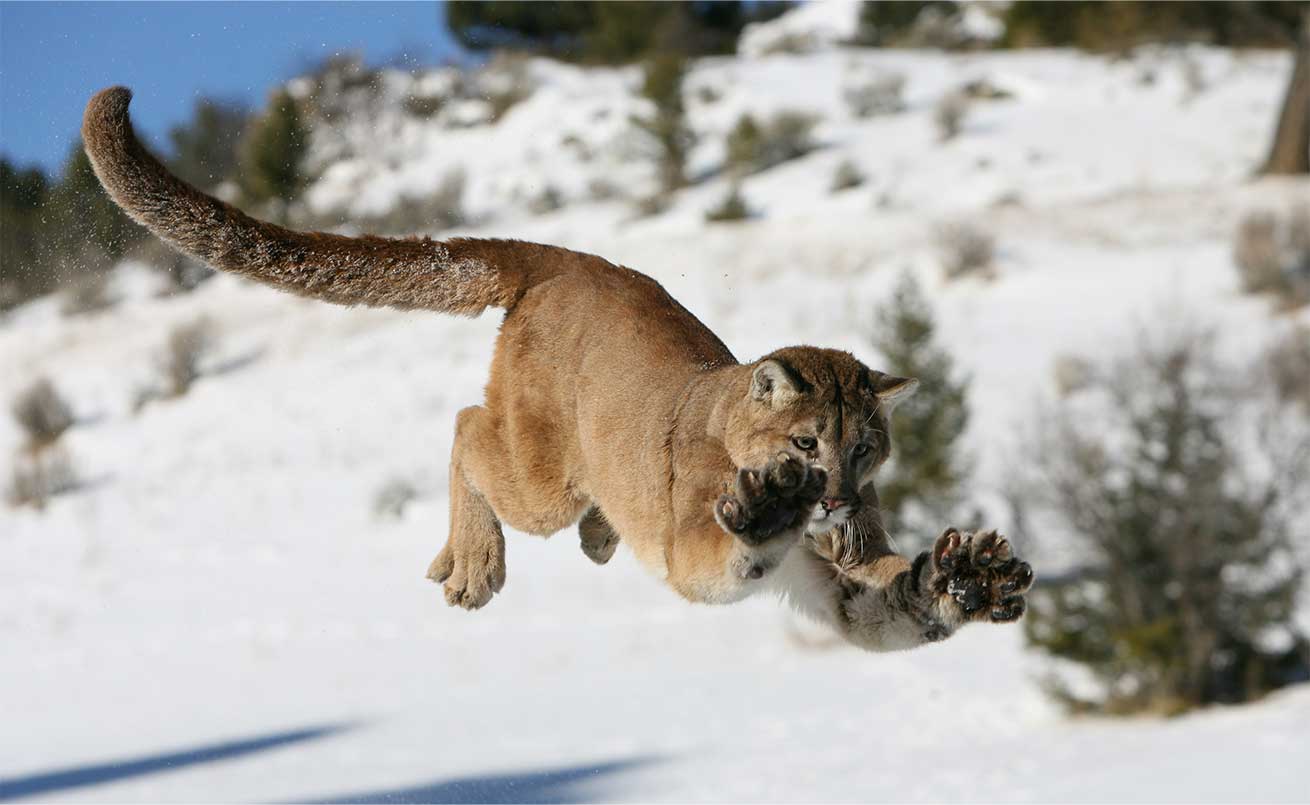
8. Monochrome coat
As the Latin name of the puma (Puma concolor) reveals, these big kitties’ coats have only one single color, although that color can greatly vary across individuals. Most pumas are beige, but alternatives range from silvery grey to a reddish brown with a lighter colored area on the underbody.
Puma cubs, however, are born with big, dark spots on their coat and rings on their tail, which turns into an even, pale coat as the animal ages. While newborn cubs have blue eyes, these eventually become golden.
9. Mythology
Humanity has been intrigued by the mystical puma for thousands of years. Various ancient American cultures depicted these animals, with the Incas believing that pumas represented power, strength, and patience, and even associating the animal with wealth and prosperity.
Did you know that the original Inca capital Cusco is even shaped like a puma, with the monumental citadel of Sacsayhuamán representing the head? That’s way cooler than a statue!
10. Purring like a house cat
Felines can either roar or purr, but never both. Whereas the 4 largest cats – the tiger, lion, jaguar, and leopard – can roar, the puma purrs. Just like house cats, pumas can purr as a sign of contentment, letting others know that everything is fine.
However, purring can also function as a natural healing mechanism to ease pain and help fractures heal faster.
Besides purring, pumas can also growl, hiss, screak and – surprisingly – meow. And, although these kitties are known as a solitary species, they may use a high-pitched cry or whistle-like call to communicate with others.
